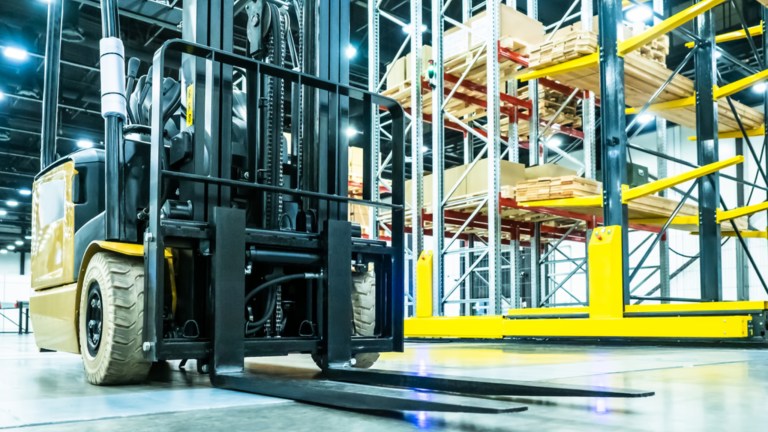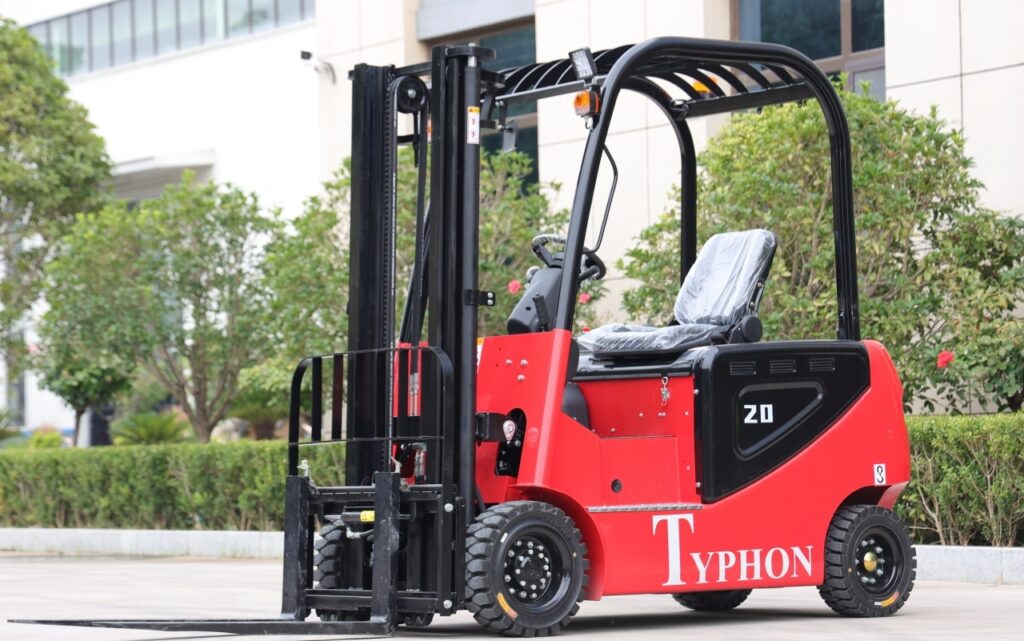Forklifts are essential for the swift and efficient transportation of materials across various sectors. Despite their strength and durability, the numerous moving parts and constant use mean that repairs are inevitable. Understanding common forklift problems and how to avoid them is crucial for maintaining smooth operations and extending the lifespan of your equipment. This guide explores frequent forklift issues and offers practical solutions to prevent them, ensuring your machinery remains in top condition.
The Importance of Regular Forklift Maintenance
The proper upkeep of forklifts may appear to be an expensive hassle. It may seem like a waste of time and money to pay for the replacement of hoses, fluids, forks, or tires before they break and to set up preventive maintenance schedules. However, regular forklift maintenance is essential to avoiding expensive failures, unnecessary downtime, and extending the life of your forklifts. With the right maintenance routine, you can identify minor issues before they grow into larger and more expensive ones.
Common Forklift Issues and How to Diagnose Them
Starting Issues
Battery Problems
Forklift starting issues are frequently simple to fix. The actions you choose will be influenced by the forklift’s power source. For electric forklifts, consider the following:
- Battery Charge: Ensure your battery is charged and properly connected. Verify the battery’s level of charge, especially in cold temperatures where it might struggle to start.
- Auxiliary Features: Check the functionality of lights, brakes, and other systems. If these are not working, a complete battery recharge might be needed.
Other Starting Issues
For internal combustion forklifts:
- Fuel Quality: Check the age of the fuel. Old fuel can cause starting problems.
- Oil Levels: Some forklift models require a specific oil level to start.
- Fuel Leaks: A strong gas smell might indicate a leak.
- Coolant Levels: Low coolant can cause overheating and starting issues.
Engine Not Starting But Making a Sound
If the engine turns over but won’t start:
- Spark Plugs: Weak or faulty spark plugs can prevent starting. Use a spark tester to check their condition.
- Fuel System: Inspect the fuel filter, lock-off valve, fuel regulator, and tank connector.
- Emergency Power Off: Ensure the emergency stop button is deactivated.
Steering Issues
Proper steering is crucial for safety. Look for:
- Strange Noises: Unusual sounds when turning the wheel can indicate rust or hydraulic problems.
- Steering Fluid Levels: Check and replace if necessary.
- Tire Condition: Unbalanced or excessively worn tires can cause steering issues and strain on the transmission.
Worn-Out Tires and Suspension
Frequent use and heavy loads can wear out tires and suspension systems. Replace worn tires and maintain suspension systems for stability.
Mast Temperatures
The mast controls lifting, lowering, and tilting. Common issues include improper lifting or lowering, slow lifting, and jerky movements. Regular maintenance can prevent these problems.
Learn More: Global Mini Excavators Market Analysis 2023
Cold Temperatures
Forklifts, especially those powered by LPG or electricity, can have problems in cold weather. To avoid this:
- Warm-Up: Run the engine for at least 10 minutes before use.
- Shelter: Keep forklifts inside or under a shelter.
- Fuel Levels: Ensure forklifts are well-fueled to prevent condensation and stuttering.
Brake Issues
Frequent brake repairs may indicate operational mistakes, such as:
- Parking Brake Misuse: Leaving the parking brake engaged.
- Braking Habits: Braking too quickly or driving with a foot on the brake pedal.
- Hydraulic System: Adding brake fluid to a hydraulic oil-only system.
Broken Forks
Forks can wear out, crack, bend, or break, requiring replacement. Look for:
- Metal Deterioration: Use calipers to measure and compare thickness.
- Bent Forks: Replace if bent more than 93 degrees.
- Hook Wear: Measure with a caliper for straightness.
- Surface Cracks: Inspect the heel region and welds.
Leaks
Regularly check clamps, hoses, and o-rings for wear to prevent leaks in cooling, drivetrain, and hydraulic systems.
Hose Failures
Damaged hoses can keep a forklift off the job. Proactive maintenance can identify and replace weakening hoses before they fail.
Ensuring Safety with Forklift Maintenance
Forklift safety is paramount. Regular maintenance can prevent accidents caused by:
- Faulty Equipment
- Ignored Maintenance Schedules
- Improper Operator Training
Learn More: Top 8 Excavator Attachments To Transform Your Business
Conclusion: How to Avoid Common Forklift Problems
To keep forklifts running efficiently and safely, implement a comprehensive maintenance plan. A Computerized Maintenance Management System (CMMS) can help automate and streamline maintenance processes, providing:
- Asset tracking
- Preventive maintenance schedules
- Automated notifications
- Spare parts inventory management
- Detailed checklists and work orders
- Resource management
- Maintenance reports
CMMS ensures that all maintenance tasks are managed effectively, keeping your forklifts in optimal condition and your operations running smoothly.



